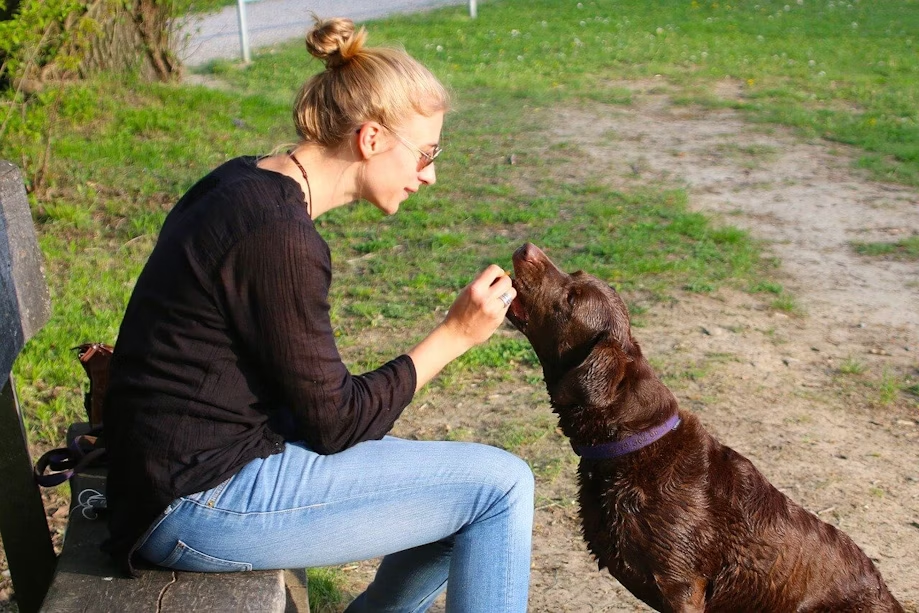Osteoarthritis in dogs is on the rise. In fact, recent findings from the Banfield Pet Hospital’s State of Pet Health Report suggest a 66% increase in this disease over the past 10 years.
If you’re unfamiliar, osteoarthritis is a painful joint condition most commonly affecting the hips, knees and elbows. It’s commonly thought to affect only older pets, but it can actually occur at any age. And genetics, joint abnormalities and injuries can all contribute to the disease.
As a dog owner, you can’t always prevent osteoarthritis. But you can play an active role in managing one of the key associated risk factors: obesity.

How to Treat Osteoarthritis in Dogs
Overweight dogs are more than twice as likely to develop osteoarthritis than dogs at a healthy weight. Extra pounds put additional stress on joints, which accelerates the development of this chronic disease.
Worse still, the combination of obesity and osteoarthritis creates the following vicious cycle:
- Obesity leads to osteoarthritis
- Osteoarthritis causes discomfort that keeps your dog from being active
- Lack of activity results in more weight gain
… and the problem compounds.
Fortunately, there are two simple actions you can take as a pet owner to keep your dog at a healthy weight.
Control your dog’s food intake.
Your veterinarian can help you determine how many calories your dog needs per day to maintain an appropriate weight based on factors such as breed, age and overall health. (You can also find healthy weight averages for hundreds of dog breeds here.)
Once you have that information, success is simply a matter of paying close attention to what your dog eats. Using a measuring cup can prevent you from accidentally overfeeding during meals.
Keep in mind that calories from treats contribute to your dog’s daily allowance. And treats should make up no more than 10% of your pup’s overall intake.
Monitor your dog’s activity level.
It can be a little harder to track exactly how active your pet is. You know when you take your dog for a walk, of course. But you may not always have visibility into how much exercise your pup gets at home or doggy daycare.
Pet activity trackers can be a useful way to monitor this data. And once you know how active your dog is, you can plan an appropriate exercise regiment.

Genetic Causes of Osteoarthritis in Dogs
Some dogs are genetically predisposed to weight gain. A study on Labrador Retrievers performed at the University of Cambridge found that a variant in the pro-opiomelanocortin (POMC) gene was associated with obesity and appetite.
The POMC gene helps regulate how the brain recognizes hunger and the feeling of being full. The more copies of the POMC variant that dogs have, the heavier and more food-motivated they are. While food motivation may be helpful when training a dog (e.g., dogs that feel hungrier may work harder for treats), it can prove problematic when it comes to managing weight.
If your dog’s ancestry includes breeds considered to be at risk for obesity—such as Labrador Retrievers, Cocker Spaniels and Cairn Terriers—we recommend actively working to keep your pup’s weight in check.
It requires a little extra effort. But knowing that doing so could help reduce your dog’s risk of osteoarthritis later in life makes the task well worth it!











